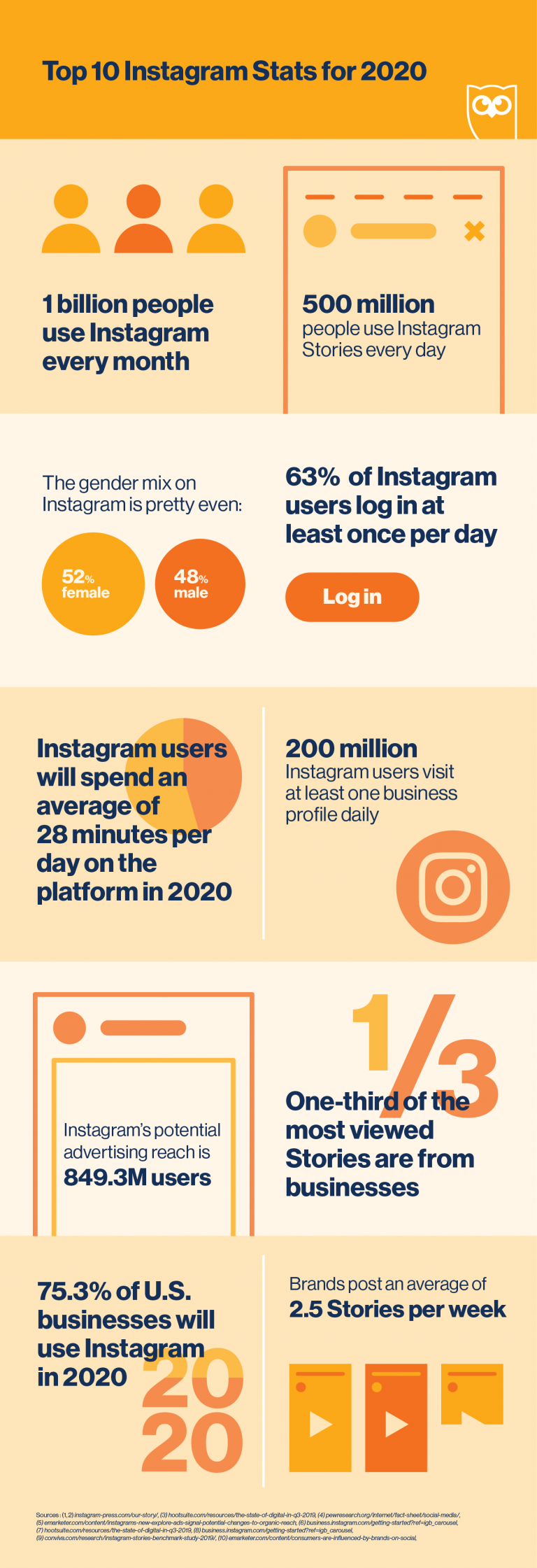How would you feel if you realised that the popularity of an account on Instagram you fully trusted and followed zealously, was actually rigged?
With Facebook-owned Instagram having a little over 1 billion monthly users worldwide, and being extremely popular with millennials and brands, it will then be natural to feel ‘cheated’.
Pods silently at work
The typical understanding is that posts with high levels of engagement have been prioritized by content curation algorithms, allowing social network “influencers” to monetize the size and loyalty of their audience.
But that is not necessarily the case. Researchers at the New York University Tandon School of Engineering and Drexel University have published the first analysis of a robust underground ecosystem of ‘pods’ that can manipulate Instagram accounts.
The researchers developed a machine learning tool to detect posts with a high likelihood of having gained popularity through pod engagement.
Using this tool, they discovered that these pods are groups of users who manipulate curation algorithms and artificially boost content popularity–whether to increase the reach of promoted content or amplify rhetoric–by using a tactic known as “reciprocity abuse”, whereby each member reciprocally interacts with content posted by other members of the group.
Cracking the plot
The project involved the analysis of 1.8 million Instagram posts belonging to 111,455 unique Instagram accounts, advertised across more than 400 Instagram pods hosted on Twitter’s instant messaging service Telegram.
The team collected metadata from pod groups, gathered Instagram data associated with both the pods and control posts to train a classifier–a machine learning function used to assign labels to particular data points–to detect pod engagement, and then analyzed the efficacy of the pods to discover if using pods increases organic interaction.
Highlights
“One of the most surprising findings was how effective reciprocity abuse is at not only raising the visibility of a post, but in increasing real, organic engagement,” said Rachel Greenstadt, associate professor of computer science and engineering at NYU Tandon.
He is also lead author of the paper “The Pod People:
Understanding Manipulation of Social Media Popularity via Reciprocity Abuse,” published in the Proceedings of the The World Wide Web Conference.
The team included NYU Tandon Professor of Computer Science and Engineering Damon McCoy, Ph.D. student Janith Weerasinghe, and Drexel University researchers Bailey Flanigan and Aviel Stein.

- 70% users experienced a two-fold or greater increase in interaction level on control posts after they began posting in pods.
- On average, these users saw a five-fold increase in comments
- When users who had never posted in pods began posting 50% of their posts in pods, they saw a greater than five-fold increase in organic interaction with the posts that they did not post in pods
- Each pod had, on average, about 900 users.
- Some even had as many as 17,000 users
- The barrier to entry is low: only 4% of the pods discovered required users to have a minimum number of followers before joining
- Very active pods received more than 4,000 messages per day
Pods are tough to detect
Most attempts to game the system have involved techniques such as automated bots and scripts, and social media companies have gotten better at mitigating these attacks.
However, according to Weerasinghe, “Pods involve humans taking action manually, so they are harder to detect.” He added that the team was able to detect posts that had been amplified by pod interactions by the style of comments and interaction timing, not merely the level of engagement.
Weerasinghe concluded: “We did this with limited data, but social media companies, because they have a much richer data set, can use a similar approach and create even better models,” he said.
